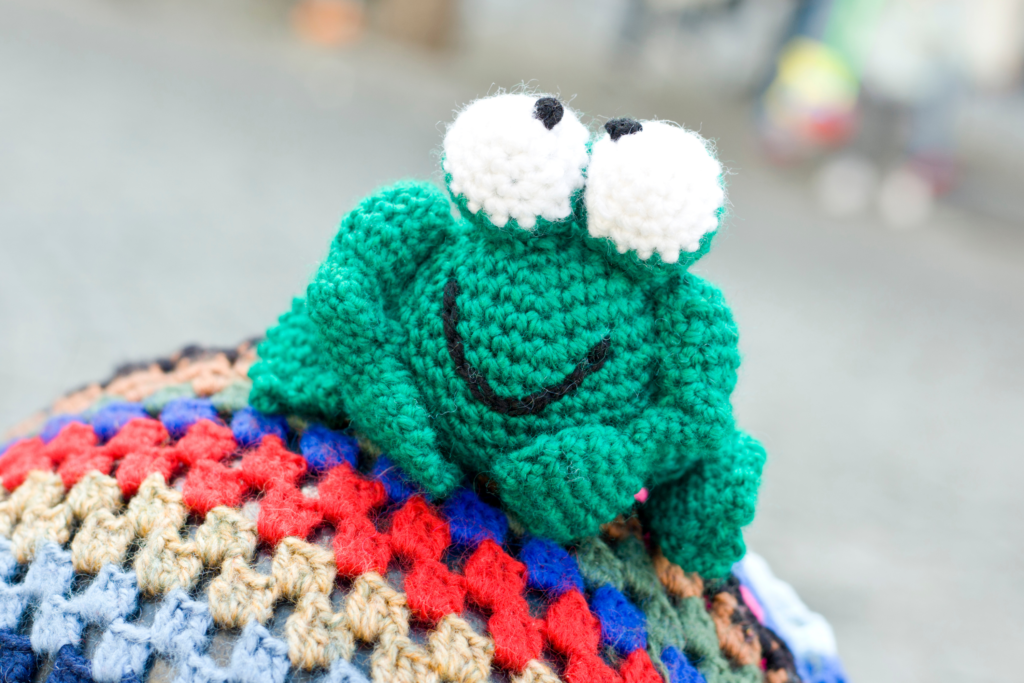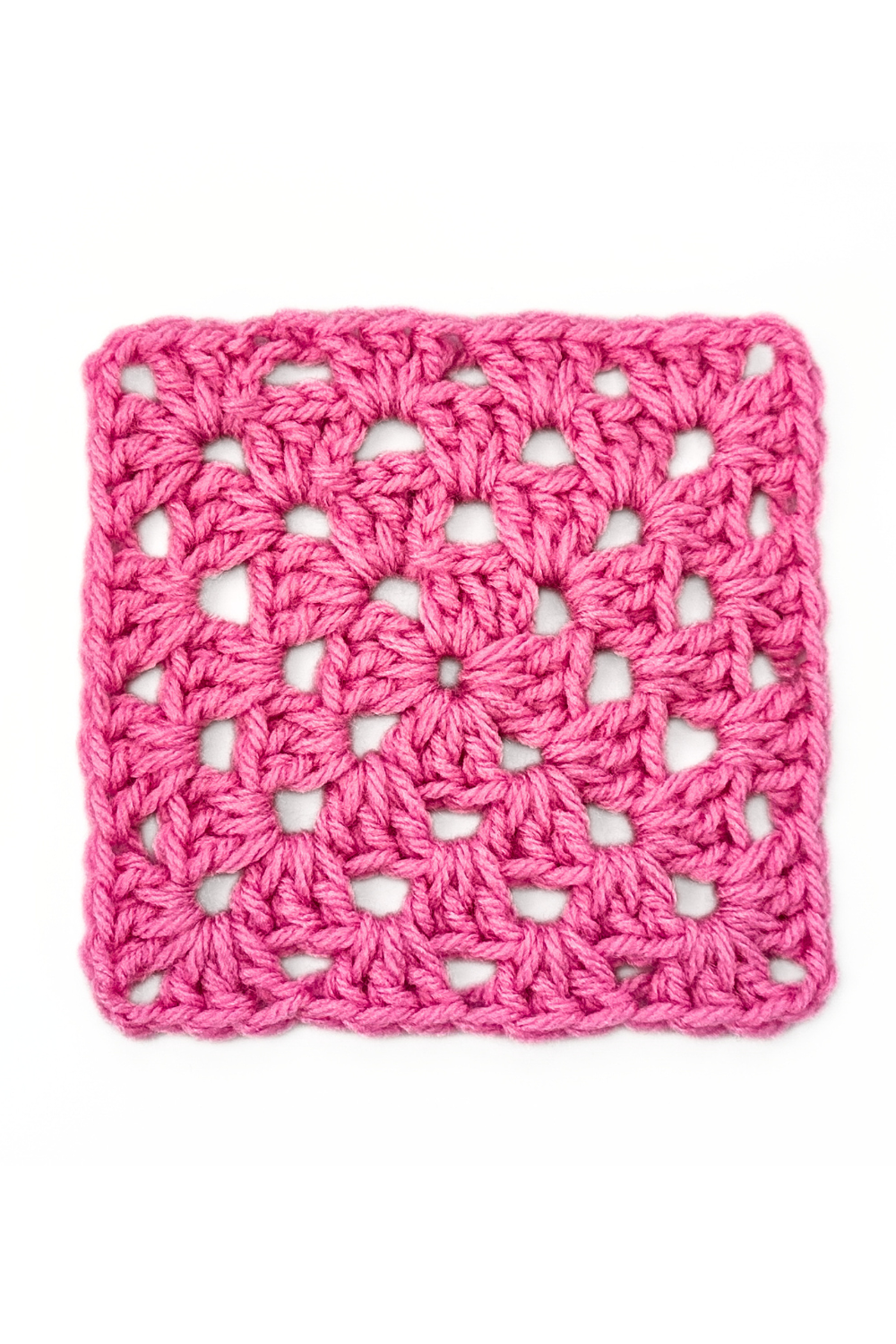
Have you ever encountered the term “crochet frogging” and wondered what it meant? This article aims to clarify the concept, explore the reasons behind frogging, discuss how it can vary depending on a crafter’s preferences, and delve into techniques for undoing crochet stitches. We will also consider alternatives to frogging, ensuring you have a comprehensive understanding of this essential aspect of crochet.
What Does Frogging Mean?
In the world of crochet, frogging refers to the act of unraveling or undoing stitches in a crochet project. This is typically done to correct mistakes, make adjustments, or recycle yarn. The term “frogging” originates from the sound made when pulling out stitches, which some people liken to a frog’s “ribbit.”
When to Frog your Crochet Project
Fixing Errors in Your Work
The primary reason for frogging is to correct mistakes in a crochet project. How frequently you frog depends on your approach to crafting. If you strive for perfection in your work, you may frog more often to achieve impeccable stitches. On the other hand, if you enjoy the process more than the end product, you might leave some errors in your work and frog less frequently. Generally, beginners need to frog more often than experienced crocheters, as they are still learning the ropes.
Reusing Yarn from Previous Projects
Another reason crafters frog their work is to reclaim yarn from one project to use in another. This can happen in various situations:
- You started a project and realized you don’t like it, so you don’t want to finish it.
- You no longer want to keep the crocheted item, even though the yarn is still good.
- The crocheted item doesn’t have the right fit or style.
- You found a crochet item made by someone else and want to use the yarn.
In such cases, frogging an entire crochet item allows you to recycle the yarn by unraveling the stitches from the beginning.
Modifying Size or Shape
Frogging can also help adjust the size or shape of a crochet piece. This may be necessary if the project doesn’t fit as intended or if you decide you prefer a
different appearance. Frogging provides an opportunity to make these adjustments without completely redoing the work.
Updating the Design or Pattern
Occasionally, a crocheter may decide to change the design or pattern of their project midway through. Frogging allows for these changes to be made without wasting the yarn or starting from scratch.
How Frogging Varies Based on Crafting Preferences

Meticulous Crafters
If you are a meticulous crafter, you may frog your crochet projects more frequently to ensure that each stitch looks perfect. This approach can lead to flawlessly finished projects, but it may also require more time and patience.
Casual Crafters
Casual crafters might be more relaxed about the appearance of their work and may frog less often. They may choose to leave some imperfections in their projects, focusing more on enjoying the process of crocheting rather than striving for perfection.
Beginners vs. Experienced Crocheters
Beginners usually need to frog more often than experienced crocheters, as they are still learning the techniques and may make more mistakes. As they gain experience and skill, the need for frogging typically decreases.
How to Frog Your Crochet Project
Preparing for Frogging
Before frogging, ensure that your project is laid out flat, and you have good lighting to see your stitches clearly. It’s also a good idea to have a crochet hook or needle nearby to help you unravel the stitches if needed.
What yarn is best for frogging?
When it comes to frogging, some yarns handle the process better than others. Yarns with a smooth texture, such as acrylic, cotton, or wool, tend to be easier to frog without causing damage. These fibers have less tendency to stick or snag, making them more forgiving when unraveling stitches.
For more information on the best yarns for your next project, check out our article Does It Matter What Yarn You Use for Crochet? and Best Cotton Yarn for Crochet: The Complete Guide.
On the other hand, yarns with a fuzzy or textured surface, such as mohair or novelty yarns, can be more challenging to frog, as they may stick together or get tangled during the process. Ultimately, the best yarn for frogging will depend on your project and personal preferences, but smooth-textured yarns are generally more forgiving and easier to work with when frogging is necessary.
Working in Reverse
To frog a crochet project, you’ll want to work in reverse, undoing each stitch in the opposite order that they were created. This ensures that you maintain the integrity of your yarn and avoid damaging it.
Identifying and Removing Stitches
Carefully examine your work to identify the stitches that need to be frogged. To undo a stitch, gently pull the working yarn out of the stitch, taking care not to snag or break the yarn. Continue pulling the yarn out of each stitch until you’ve reached the point where you want to restart your work.
Helpful Hints for Smoother Frogging
- Use a crochet hook or needle to help you pull the yarn out of each stitch.
- Work slowly and patiently to avoid damaging your yarn.
- Consider placing your work on a flat surface, like a table or your lap, to help maintain control as you frog your crochet project.
Alternatives to Frogging
Using Lifelines in Crochet
A lifeline is a piece of scrap yarn that you thread through your stitches at regular intervals as you work on your project. If you need to frog your work, the lifeline prevents you from unraveling past a certain point, making it easier to pick up your stitches and continue working.
Employing Stitch Markers
Stitch markers can help you track your progress and ensure that you’re following the pattern correctly. By using stitch markers, you can minimize the need for frogging by catching mistakes early on.
Applying Blocking Methods
Sometimes, small imperfections in your crochet work can be corrected through blocking, a process that involves wetting your finished piece and shaping it to the desired dimensions. This can help even out uneven stitches and may eliminate the need for frogging in some cases.
Conclusion
Crochet frogging is an essential skill for any crocheter, as it allows for the correction of mistakes and adjustments to be made without starting over. By learning how to frog your work effectively and exploring alternatives like lifelines, stitch markers, and blocking techniques, you can ensure that your crochet projects turn out beautifully every time.
FAQs
1. Is crochet frogging necessary for all projects?
No, crochet frogging is not necessary for all projects. However, it is a useful skill to have when you need to correct errors, adjust size or shape, update the design or pattern, or reclaim yarn from a previous project. Each crocheter has their own approach and preferences, which will influence how often they choose to frog their work.
2. Can frogging damage my yarn?
Frogging can potentially damage your yarn if not done carefully. To minimize the risk of damage, work slowly and patiently, taking care not to snag or break the yarn while unraveling. Using a crochet hook or needle can also help you gently remove stitches without causing harm.
3. Are there any techniques to minimize frogging in crochet?
Yes, there are a few techniques that can help minimize the need for frogging. Using lifelines, stitch markers, and proper blocking methods can all help reduce the number of mistakes and adjustments necessary in your project. Additionally, practicing good stitch tension and carefully following patterns will also lead to fewer errors that require frogging.
4. How can I avoid frogging entirely in my crochet projects?
While it’s not always possible to avoid frogging entirely, you can reduce the need for it by using some of the aforementioned techniques like lifelines, stitch markers, and blocking. Also, taking the time to check your work regularly and thoroughly understand your pattern before starting can help minimize errors.
5. Can I frog a completed crochet project and reuse the yarn?
Yes, you can frog a completed crochet project to reclaim the yarn for a different project. To do this, carefully unravel the stitches from the beginning, taking care to avoid damaging the yarn. Once the yarn is unraveled, you may want to wind it into a ball or skein and wash it gently to remove any kinks or residue before using it for your next project.
-
Garden Fairy Crop Top FREE Crochet Pattern
Want the full AD-Free, printable PDF version of this pattern? Click here to get it on Etsy The Garden Fairy Top is a fantastical and…
-
Easy Crochet Granny Square Pattern + Video Tutorial
Mastering the crochet granny square is a great way to build your crochet skills while creating a timeless design that’s perfect for a wide variety…


One comment
Comments are closed.